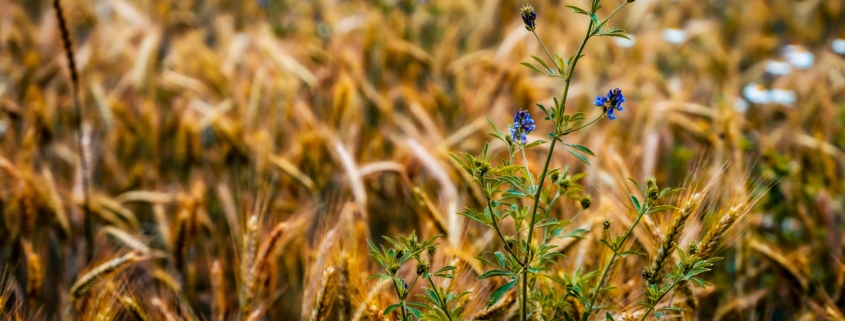Regenerative agriculture can combat climate change and keep food on our plates. Here’s how it works
Last summer, the world’s largest french fry producer, McCain Foods, made Canadian headlines when it promised to convert its entire supply chain to regenerative agriculture, an approach to agriculture that promises to sequester carbon and boost biodiversity.
The New Brunswick potato giant is not alone. Over the past decade, the approach has been promoted by a hodgepodge of both small- and large-scale farmers, environmental and social justice advocates, agribusiness CEOs, tech bros, journalists, and academics. It’s even received federal support, with Canada’s 2030 emissions reduction plan pledging roughly $1 billion to help farmers adopt regenerative methods.
Over the coming weeks, a five-part series by Canada’s National Observer will explore the cast of characters putting the approach into practice in Canada. It will look back on a couple who farmed regeneratively before it was cool and try to figure out if beef can ever be sustainable.

